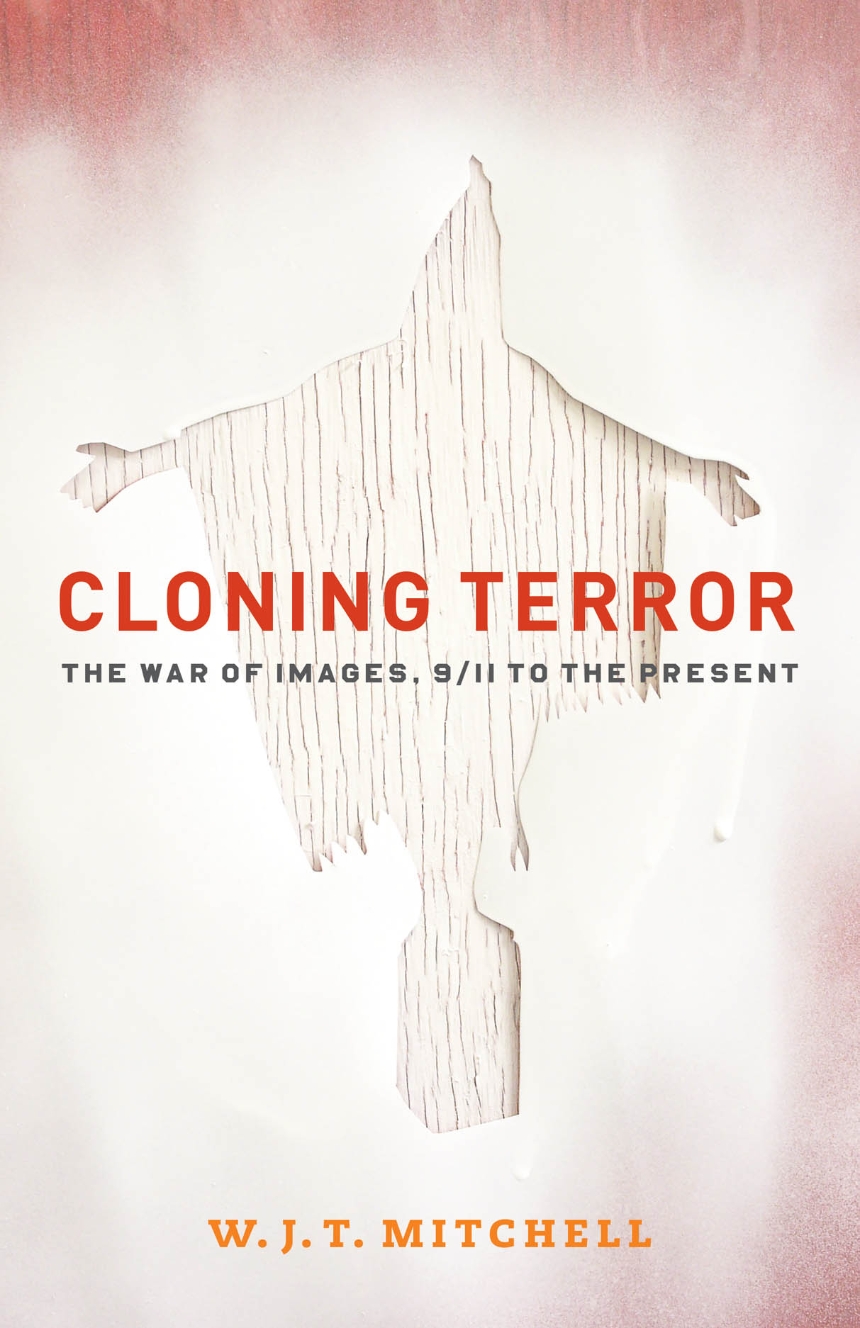Cloning Terror
The War of Images, 9/11 to the Present
The phrase “War on Terror” has quietly been retired from official usage, but it persists in the American psyche, and our understanding of it is hardly complete. Nor will it be, W. J. T Mitchell argues, without a grasp of the images that it spawned, and that spawned it.
Exploring the role of verbal and visual images in the War on Terror, Mitchell finds a conflict whose shaky metaphoric and imaginary conception has created its own reality. At the same time, Mitchell locates in the concept of clones and cloning an anxiety about new forms of image-making that has amplified the political effects of the War on Terror. Cloning and terror, he argues, share an uncanny structural resemblance, shuttling back and forth between imaginary and real, metaphoric and literal manifestations. In Mitchell’s startling analysis, cloning terror emerges as the inevitable metaphor for the way in which the War on Terror has not only helped recruit more fighters to the jihadist cause but undermined the American constitution with “faith-based” foreign and domestic policies.
Bringing together the hooded prisoners of Abu Ghraib with the cloned stormtroopers of the Star Wars saga, Mitchell draws attention to the figures of faceless anonymity that stalk the ever-shifting and unlocatable “fronts” of the War on Terror. A striking new investigation of the role of images from our foremost scholar of iconology, Cloning Terror will expand our understanding of the visual legacy of a new kind of war and reframe our understanding of contemporary biopower and biopolitics.
240 pages | 8 color plates, 38 halftones | 5 1/2 x 8 1/2 | © 2010
Art: Art--General Studies
Literature and Literary Criticism: General Criticism and Critical Theory
Reviews
Table of Contents
List of Illustrations
Preface. For a War on Error
1 War Is Over (If You Want It)
2 Cloning Terror
3 Clonophobia
4 Autoimmunity: Picturing Terror
5 The Unspeakable and the Unimaginable: Word and Image in a Time of Terror
6 Biopictures
7 The Abu Ghraib Archive
8 Documentary Knowledge and Image Life
9 State of the Union, or Jesus Comes to Abu Ghraib
Conclusion. A Poetics of the Historical Image
Acknowledgments
Notes
Index
